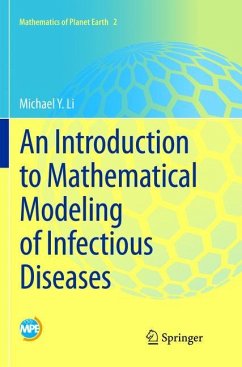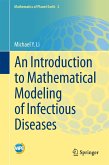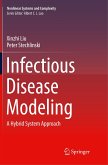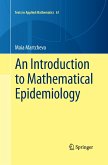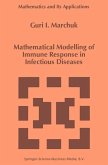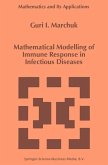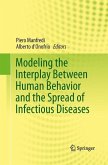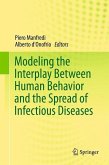This text provides essential modeling skills and methodology for the study of infectious diseases through a one-semester modeling course or directed individual studies. The book includes mathematical descriptions of epidemiological concepts, and uses classic epidemic models to introduce different mathematical methods in model analysis. Matlab codes are also included for numerical implementations.
It is primarily written for upper undergraduate and beginning graduate students in mathematical sciences who have an interest in mathematical modeling of infectious diseases. Although written in a rigorous mathematical manner, the style is not unfriendly to non-mathematicians.
It is primarily written for upper undergraduate and beginning graduate students in mathematical sciences who have an interest in mathematical modeling of infectious diseases. Although written in a rigorous mathematical manner, the style is not unfriendly to non-mathematicians.
"The purpose is to present the proper expertise and techniques for the study of infectious disease either via self-study or as a semester course. ... This is an excellent resource for undergraduates, graduates, public health science students, or anyone interested in mathematical modeling. Although the examples mostly pertain to infectious diseases, the book could be applicable to various fields. I highly recommend this book, especially to the targeted audience." (Puja Sitwala, Doody's Book Reviews, April, 2018)
"This book is a unique contribution to Springer's Mathematics of Planet Earth series, in which I have indulged myself for the past few weeks. It is suitable for upper undergraduate and beginning graduate students who are interested in mathematical modeling of epidemics." (Yilun Shang, zbMATH 1396.92003, 2018)
"This book is a unique contribution to Springer's Mathematics of Planet Earth series, in which I have indulged myself for the past few weeks. It is suitable for upper undergraduate and beginning graduate students who are interested in mathematical modeling of epidemics." (Yilun Shang, zbMATH 1396.92003, 2018)

